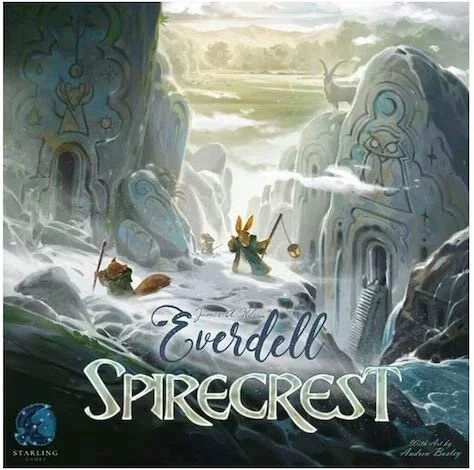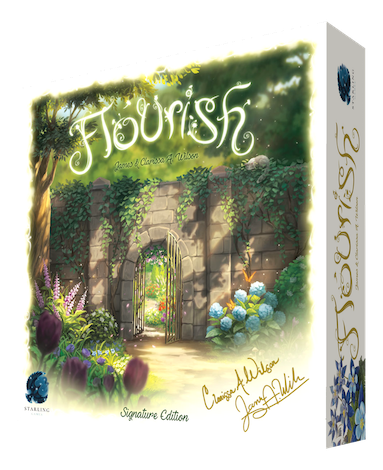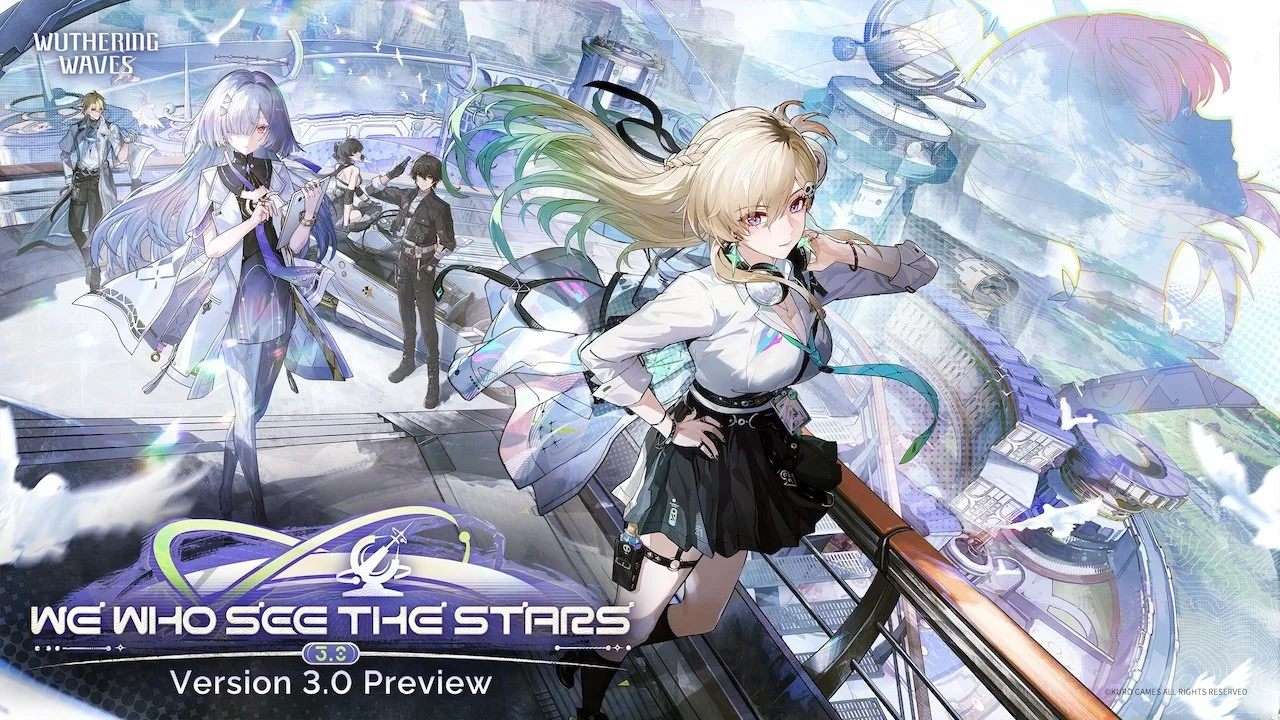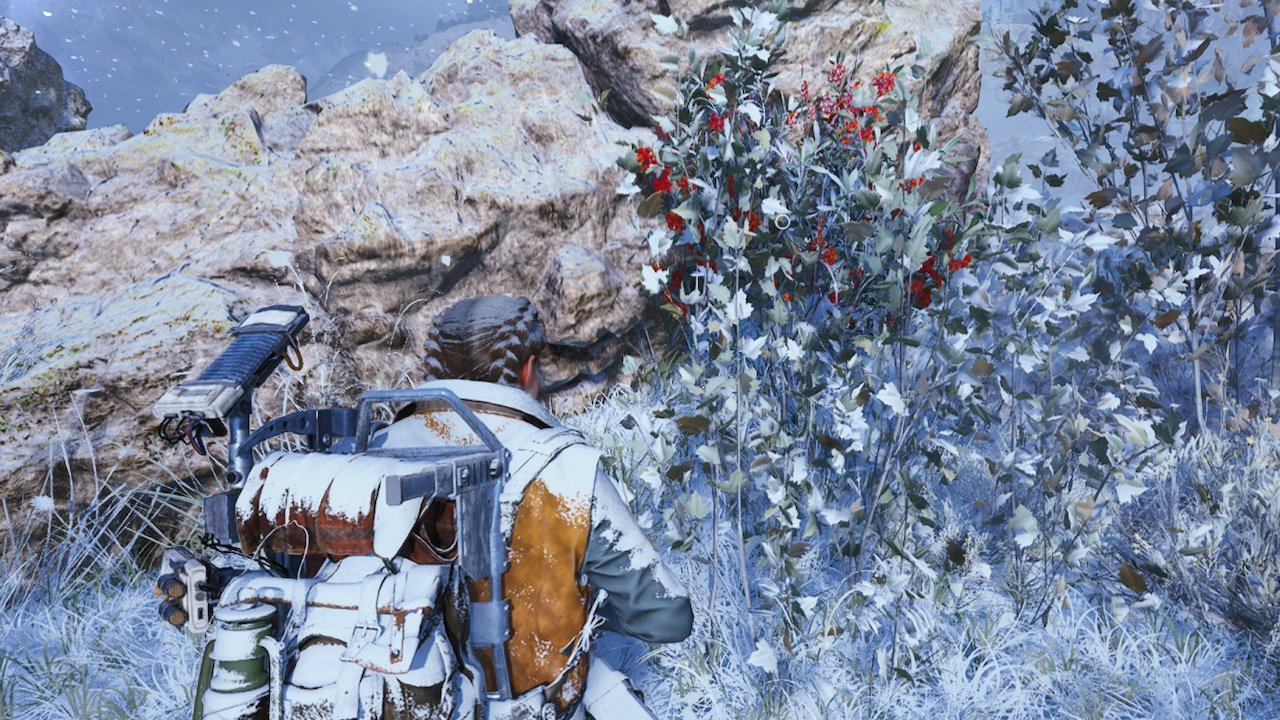Review copy provided by Starling Games
If Quentin Tarantino’s Inglourious Basterds taught us anything, it’s that plots to kill Hitler are bound to go awry and that not everyone will survive. It’s a bold reimagining of history in a time of global war—except the action happens far from the frontline.
Black Orchestra, a tense cooperative experience from Philip duBarry and Starling Games, channels that same revisionist energy by focusing on historical events and German conspirators who sought Hitler’s downfall.
Assuming the identity of these conspirators, players must balance their motivation to assassinate Hitler with the suspicion that their activities arouse. Desperate times call for desperate measures, though, and the conspirators are willing to risk their lives.
There are many plots to consider. But which one will work, if any?
STORY
As Hitler's grasp on Germany tightens and his maniacal fervor is unmasked, men from the highest levels of the Reich begin to plot his assassination. As the clock ticks and Hitler's ambitions grow, these daring few must build their strength and prepare for the perfect moment to strike. The Gestapo hound their trail, calling these conspirators "Schwarze Kapelle", the Black Orchestra.
Black Orchestra is fascinating from a historical context. All of the conspirators that players can choose from were real-life figures who actively plotted against Hitler and the Nazi regime. Tragically, most of these brave individuals were executed before the war was over. And some committed suicide when plots failed or their loyalties were discovered.
But the emotional turmoil and heart-pounding adrenaline that these conspirators must have felt during the war exist within Black Orchestra. The narrative anchors the game, and the theme resonates with players across the world. War rages on between the Axis and Allied powers, but the nerve-wracking resistance is happening behind enemy lines, in the heart of Berlin and the surrounding Nazi-controlled territory.
Removing Hitler from power will take coordination, fortitude, and patience. And the lives of the men and women who struggled to wrestle back control of their country hang in the balance.
GAMEPLAY
One to five players will spend roughly ninety minutes gathering intel, traveling through Nazi-occupied Europe, and emboldening the members of the conspiracy.
Seven stages mark the rise of the Nazi party and the events of the Second World War. Within this limited timeline, players must successfully complete a plot against Hitler.
If all of the event cards are drawn before a plot succeeds, the players lose. If the Gestapo and Nazi hierarchy discover the identity of the conspirators in the seventh stage of the game, the players lose. If all conspirators in the game are arrested, the players lose.
Several statuses must be managed in order to achieve victory. Players have two conspirator tracks that fluctuate. One is the individual’s motivation, which controls the effectiveness of their maneuverings and the ability to follow through with a plot. The other is the level of suspicion that the individual’s behavior arouses. Highly-suspect conspirators will have reduced chances of successfully removing Hitler from power and increased chances of arrest from the Gestapo.
The other status is the strength of Hitler’s military support. The higher this value rises, the more unlikely a plot will succeed. The lower the value, the more probable the conspirators can pull off a coup d’état or an assassination.
Managing these three mechanics is crucial for players to understand. If Hitler’s military support is too high, then plots will almost certainly fail no matter the motivation of the conspirators or the resources at their disposal. But it won’t matter that the German military support for the Führer is weakened if the conspirators don’t have the conviction to carry out the plan or if the Gestapo has arrested the key member of the plot.
Not to mention that Hitler and his deputies move all over Berlin and Europe throughout the war. Having the resources for a plot won’t matter if you can’t limit Hitler’s movement or lure him to a particular location. One plot might require Hitler to be in Berlin. Another in a fortified location. Or maybe all of the conspirators have to be in the same space as Hitler.
Attempting a plot in Black Orchestra is like searching for the Goldilocks Zone in space. There are so many variables that must be considered and unless all of the conditions are met, the plot will not work.
Which makes for a devilishly good time. Jail cells, explosives, Nazi deputies, Gestapo raids, and the anxious schemes of German men and women intent on the downfall of Hitler.
The mechanics in Black Orchestra are simple in design. Players take turns that consist of assessing penalties from proximity to Hitler or his deputies, taking actions on the board to advance the status of plots and to defuse any suspicion from the Nazi regime, as well as drawing event cards that progress the historical timeline. These three steps happen fairly quickly, so turns alternate between players frequently.
The gameplay is straightforward. It’s not a complex strategy game. But it is a tricky one. Players must decide what is most important at the time. Does the group need more cards from the conspirator deck to aid the resistance? Is it worth traveling to Auschwitz for the increased motivation if it also heightens suspicion? Should the group give up on a plot that’s been developing for two stages of the game in favor of a riskier alternative?
These are questions that players will have to consider, and some gamers may certainly find the difficulty of plot attempts a little frustrating, but that’s what I love about Black Orchestra. The real-life conspirators must have felt that same aching exasperation whenever a plan was thwarted by poor timing, swelling military support, or just plain bad luck. Adapting to an ever-changing conflict is difficult, but it’s exciting to sense that things are starting to come together and that a plot might actually work.
Black Orchestra succeeds by infusing a cooperative tabletop experience with a strong theme that carries through the gameplay experience. The tension is palpable. The excitement is pulsating. And the frustration is very real.
If players are looking for an adjustment to the core rules, then additional variants exist to increase the difficulty or provide a modified experience that caters to the preferences of different gaming groups.
VISUALS
The artwork on the box and in the game creates an atmosphere of dread that parallels the mood of the conspirators and the darkness of the times. Shades of red and black cast shadows on the images and the conspirator cards have black and white photos with a paper clip to imply files kept by the Gestapo or other departments of the Nazi war machine.
No vibrant colors stand out. A subdued palette reinforces the tone of the game and the mindset of the conspirators. Faded blacks, muted whites, and dark browns, reds, and greys fill out the map of Europe. Even the dice are colored in the shades of weathered paper, black ink, and blood red.
Everything in the design supports the theme of the game in enthralling fashion.
REPLAYABILITY
Victory can be difficult to obtain at times, given the unexpected maneuvers of Hitler and his deputies or the state of the war, so not every game is guaranteed. Players could fail in a plot or be discovered as conspirators very late in the game.
This means, since winning isn’t a certainty, players could enjoy Black Orchestra many times before feeling that the game had been fully explored. And, with the additional conspirator packs, the players can select protagonists with different powers that influence the game in unique ways.
In addition to the game variants, there are many opportunities to experience Black Orchestra without repetition.
Since a game may take around ninety minutes to finish, though, it’s not a fast game. It may be a board game that is brought to the table infrequently rather than a game night staple.
WHAT IT COULD HAVE DONE BETTER
However, that question of replay value doesn’t necessarily work as criticism for me. Black Orchestra is a game drenched in historical intrigue and thematic tension. It’s not a game like Lords of Waterdeep or Scythe where the game will drastically change depending on the number of the players and the quality of their strategy. It’s a cooperative game, which restricts the variability of play. And it’s got a singular purpose every time the box is opened: kill Hitler.
In that regard, could it have done better? Maybe. For a lover of dense strategy games, if there had been one more hurdle to jump during the gameplay, that could have elevated the experience to a truly fraught degree. The Gestapo was a sinister element in the game that lurked in the background, but I would have wanted a more present and real danger from the secret police. An automated system that brought the conspirators into more direct conflict with the Gestapo would have increased the difficulty and complicated the strategy in interesting ways.
Black Orchestra is already a tense game. But that would have made it nerve-wracking in all the right ways.
Other than that, though, it’s a tightly-constructed tabletop experience in which I found few faults.
VERDICT
In the introduction, I compared the game to Quentin Tarantino’s WWII drama. But that’s not how I want to end the review. Inglourious Basterds is about larger-than-life characters who dismantle the Nazi regime with maniacal fervor. It’s hyperbolic.
Black Orchestra is understated. It’s an atmospheric hunt where the conspirators often feel just as much prey as predator. An elegant reconstruction of wartime experience. It’s an exciting game that never feels unfair. And it’s a lot of fun.
I think you’ll like it.

























